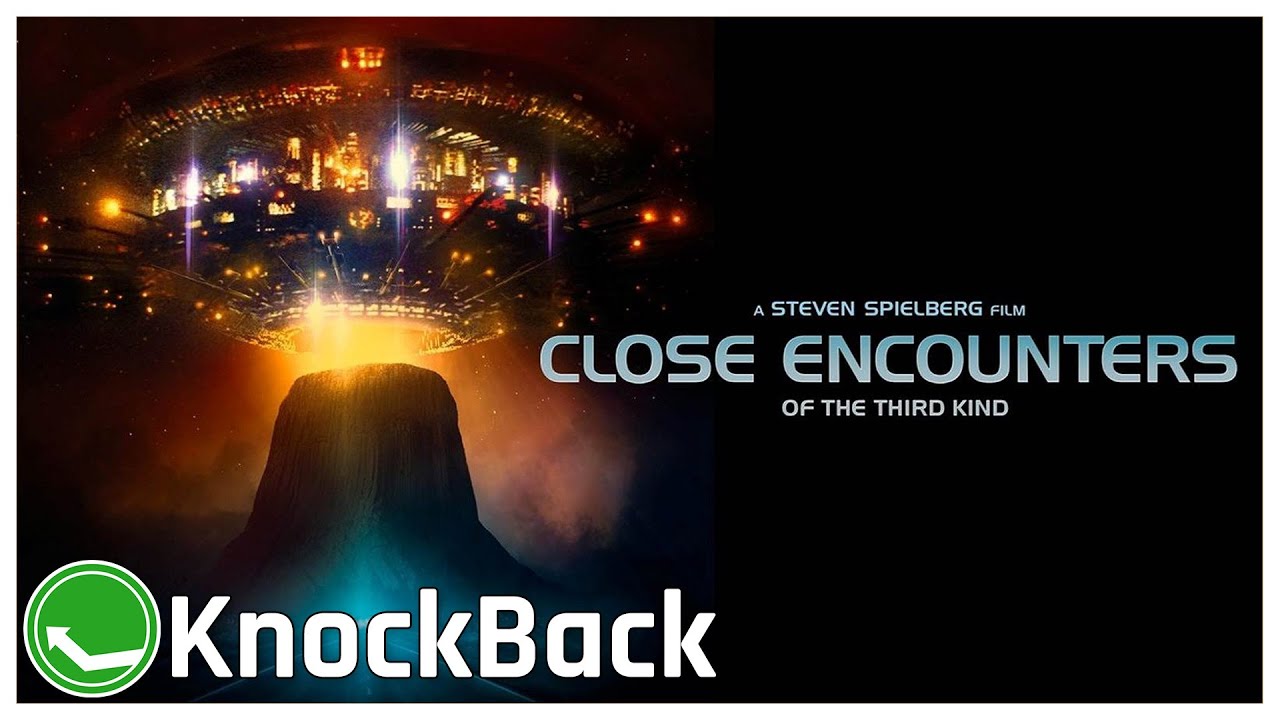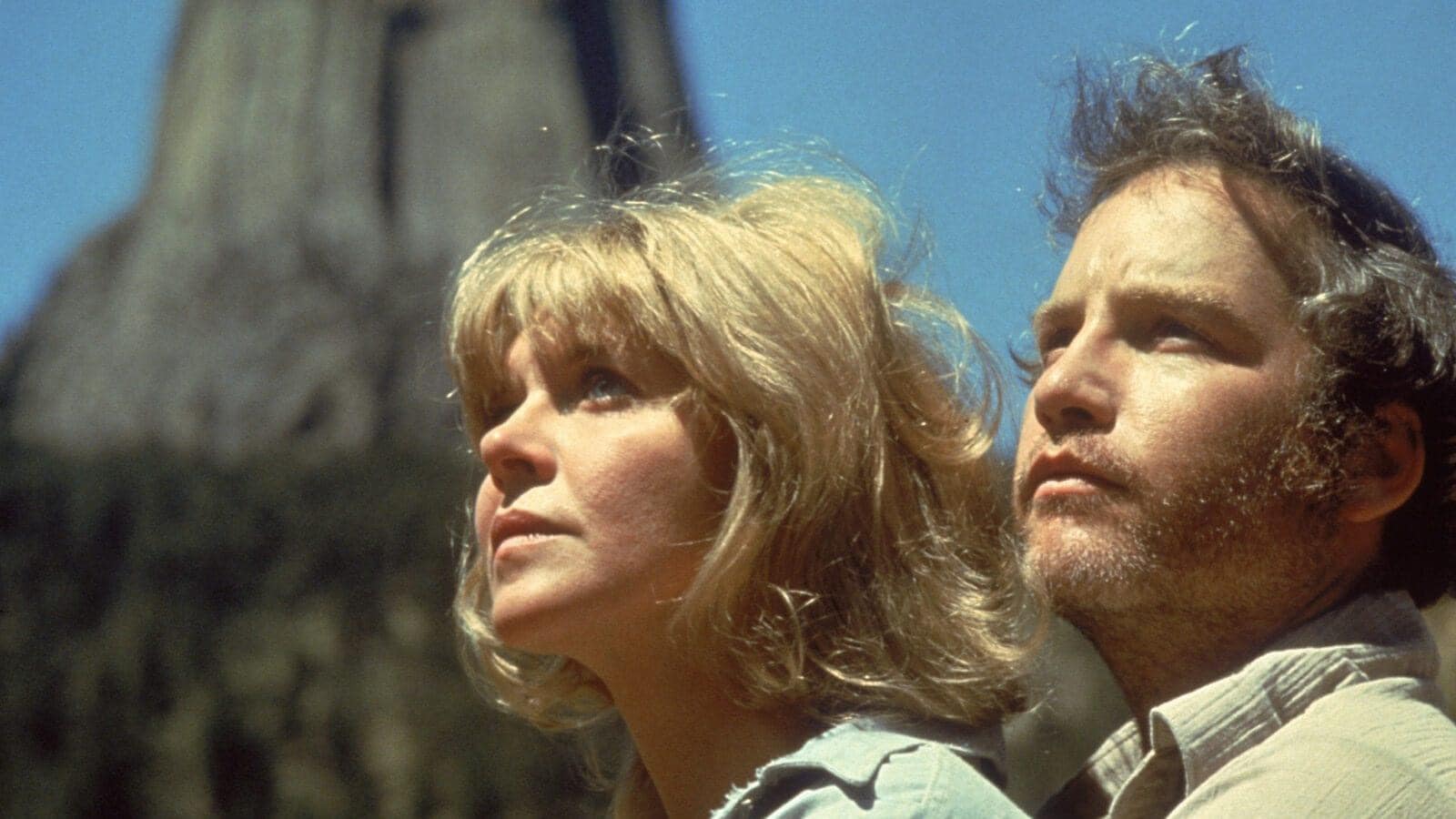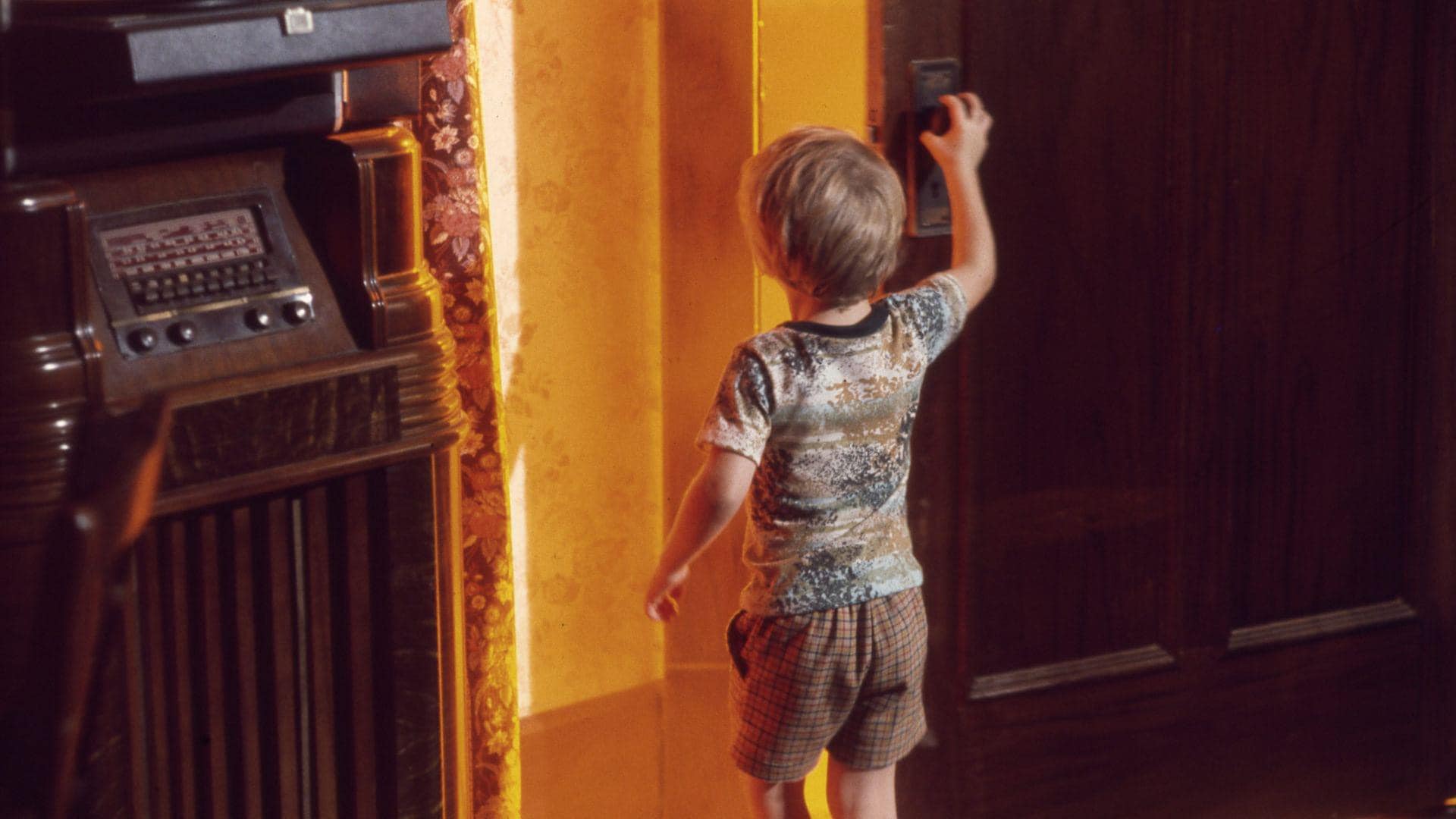Close Encounters of the Third Kind (1977)

Close Encounters of the Third Kind is a groundbreaking science fiction film directed by Steven Spielberg, released in 1977. The film is renowned for its innovative storytelling, stunning visual effects, and its exploration of humanity’s relationship with the unknown, particularly extraterrestrial life.

Plot Overview: The story follows several characters who experience strange, inexplicable phenomena involving unidentified flying objects (UFOs). The central character, Roy Neary (Richard Dreyfuss), is an ordinary man whose life is turned upside down after a close encounter with a UFO. He becomes obsessed with finding the truth about what he saw, despite the skepticism of those around him, including his family.
Roy’s obsession leads him to a mysterious mountain, Devil’s Tower in Wyoming, where he believes something extraordinary is about to happen. Alongside him are other people who have had similar experiences, including a woman named Jillian (Melinda Dillon), whose son was mysteriously abducted by the UFOs.

As the film progresses, the U.S. government, which has been secretly monitoring the UFO sightings, prepares for a monumental event: a planned meeting between humans and extraterrestrials. The climax of the film is a visually stunning and emotionally powerful encounter that challenges the characters’ perceptions of reality and humanity’s place in the universe.
Themes and Style: Close Encounters of the Third Kind explores themes of communication, the search for meaning, and the idea that humanity is not alone in the universe. The film presents the concept of “close encounters” as a series of stages, culminating in the “third kind,” which involves direct contact with extraterrestrial beings.
Spielberg’s direction is masterful, blending awe and wonder with tension and mystery. The film is also notable for its use of practical effects and groundbreaking special effects, including the depiction of the UFOs and the climactic alien encounter.

John Williams’ iconic score, particularly the five-note musical phrase used as a form of communication with the aliens, has become one of the most recognizable pieces of film music.
Impact and Reception: Close Encounters of the Third Kind was a critical and commercial success, earning multiple Academy Award nominations and solidifying Steven Spielberg’s reputation as one of Hollywood’s leading filmmakers. It has since become a classic of the science fiction genre, influencing countless other films and media dealing with extraterrestrial life.
The film’s legacy is also evident in its cultural impact, with its portrayal of UFO encounters and its optimistic view of contact with alien life continuing to resonate with audiences decades after its release.
Overall, Close Encounters of the Third Kind (1977) is celebrated as a visionary work of science fiction that combines human drama with the profound possibilities of life beyond Earth, offering a story that is both intimate and epic in scope.











